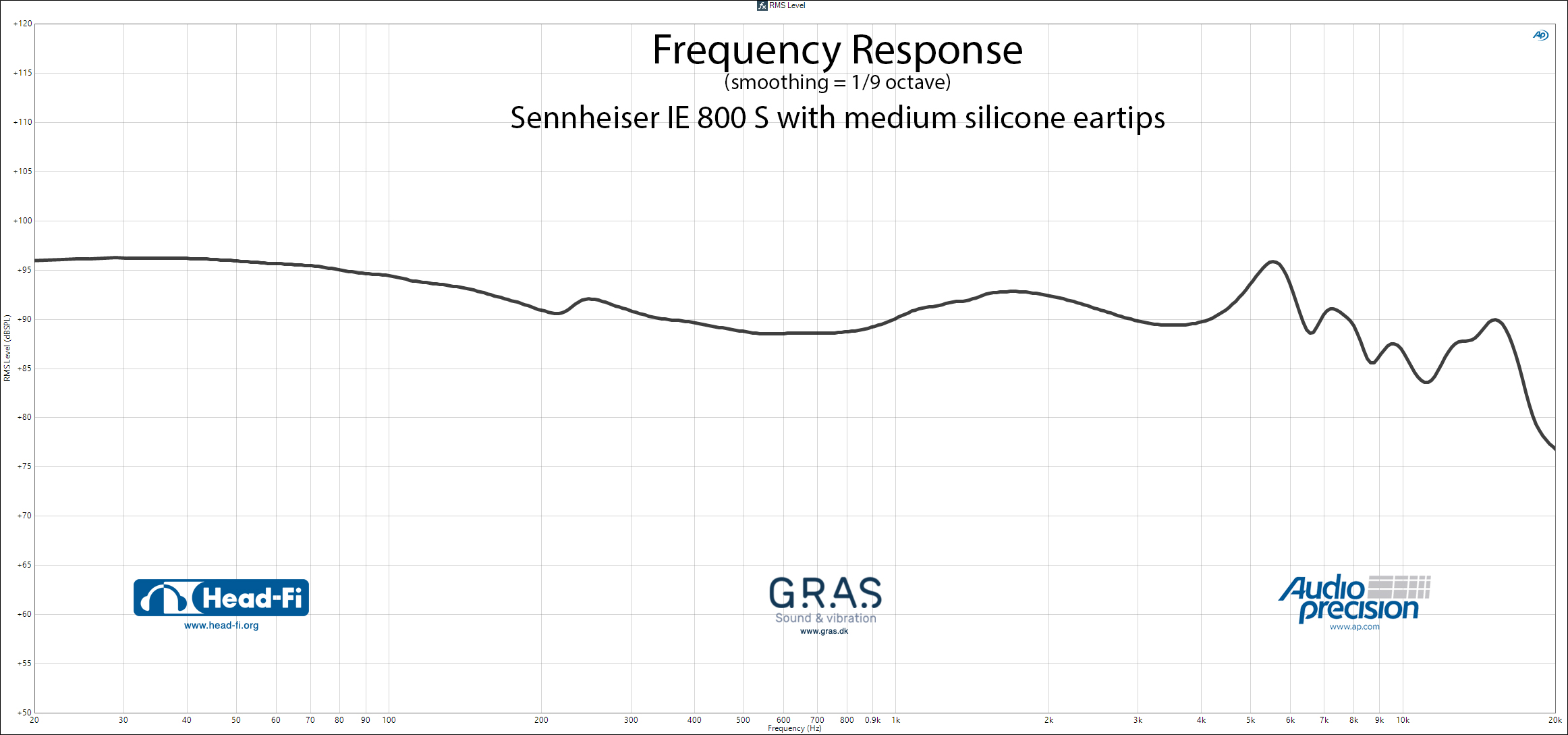Alright so after some tests, apparently the output of the iPhone isn't quite precise even in the higher freqs. Nothing too major, nothing related to the physical impedance of the system though so everything should be easily solved with a bit of compensation.
It will take quite a bit of work though, and re-adjusting 900+ points of data is not small task. So yeah, expect that down the pipeline whenever I have the free time. In the meantime though, just take note of the differences.
To answer your question, as above. Could be both a DAC and ADC issue since feeding in signals from my USB interface doesn't create the discrepancy in the high freqs on AudioTools but doesn't solve the bass rolloff issue.
EDIT: ON THE OTHER HAND...
The "attenuated" higher freqs on my original measurements match up to @jude's Audio Precision rig much more closely.
Jude's IE800S measurement:

My original unaltered measurement:

My "fixed" measurement:

Back to the drawing board...?
It will take quite a bit of work though, and re-adjusting 900+ points of data is not small task. So yeah, expect that down the pipeline whenever I have the free time. In the meantime though, just take note of the differences.
Those results looks really, really good. Ridiculously smoothFor whatever reason, these results look way smoother than those I'm generating from my iPad. (I will revisit this and check my FFT settings.)
Just one thought... Is the roll-off you're compensating for coming from your iPhones DAC or ADC? I presume it's the latter? Have you ever tried using a better, low z-out source for the (unfiltered) pink noise, just to confirm? I know it wouldn't be as portable (and you've clearly shown it's not necessary) to have to carry a separate DAP, but I'm just curious.
To answer your question, as above. Could be both a DAC and ADC issue since feeding in signals from my USB interface doesn't create the discrepancy in the high freqs on AudioTools but doesn't solve the bass rolloff issue.
EDIT: ON THE OTHER HAND...
The "attenuated" higher freqs on my original measurements match up to @jude's Audio Precision rig much more closely.
Jude's IE800S measurement:

My original unaltered measurement:

My "fixed" measurement:

Back to the drawing board...?
Attachments
Last edited:





































































